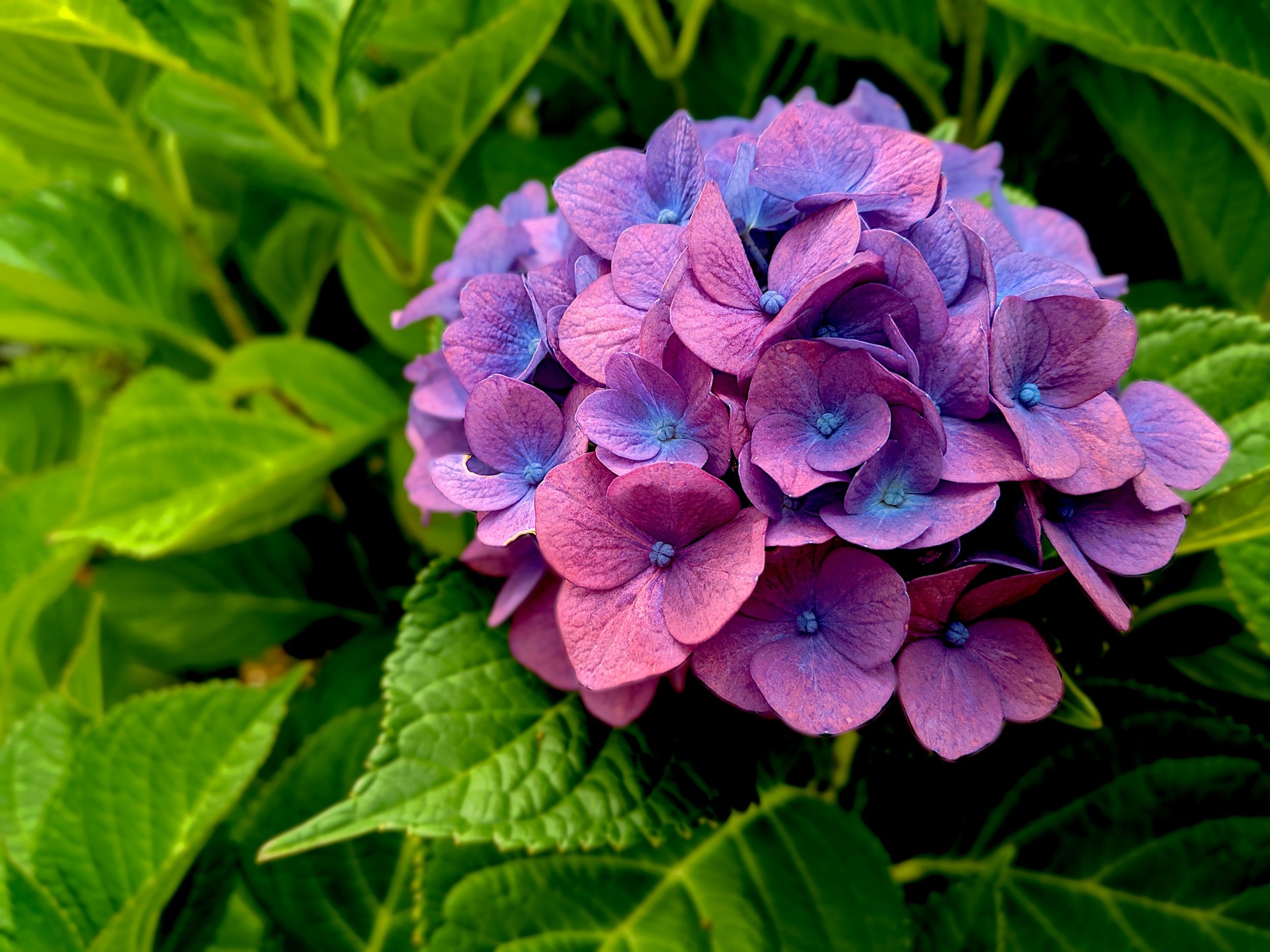About Hydrangea Leaves Turning Yellow
Wiki Article
All About Hydrangea Leaves Turning Yellow
Table of ContentsAn Unbiased View of Hydrangea Leaves Turning YellowSome Ideas on Hydrangea Leaves Turning Yellow You Should KnowHydrangea Leaves Turning Yellow - TruthsIndicators on Hydrangea Leaves Turning Yellow You Need To KnowThe Single Strategy To Use For Hydrangea Leaves Turning YellowSome Known Details About Hydrangea Leaves Turning Yellow
One opportunity is that the plant is not getting sufficient sunlight. During the winter season months, the days are shorter, and the sunlight is not as extreme, so make certain to place your Hydrangea in a spot where it will certainly access least six hours of sunlight daily. One more reason for Hydrangea yellow leaves in winter could be excessive water.Ultimately, the leaves could be transforming yellow due to temperature tension. Hydrangeas like cooler temperatures, so if the plant is in an area that obtains as well warm or also chilly, the fallen leaves will turn yellow. If you believe temperature anxiety might be the concern, attempt moving your Hydrangea to a different place or safeguarding it from the elements with a burlap cover.
New development will certainly be observed in very early springtime, when you'll notice eco-friendly vegetation growing from stems that may have appeared dead. However, if your fallen leaves are turning brown in springtime or summer, there are likely other elements at play. The precise factors rely on the range and their expanding problems, but as a whole, brown hydrangea leaves signify dehydration and wilting in the warmth
The smart Trick of Hydrangea Leaves Turning Yellow That Nobody is Talking About

Wilting is created by lack of dampness, meaning there are a few great techniques to use to prevent this from taking place. Provide your hydrangeas a healthy glug of water every couple of days when the temperatures are climbing high, and deal with the soil to much better preserve moisture. After watering, a dab of mulch around the base of each plant need to aid with this by keeping moisture in the dirt.
This interferes with fungis spores from clearing up. "The Botrytis fungus grows in trendy and damp problems, so stay clear of showering the entire plant when sprinkling and just water at the roots," shares Roy Nicol, a Master Green thumb. If you've missed the chance for avoidance and are handling an infection you need to eliminate all dead or badly infected leaves from the plant and ruin them to protect against further spread.
An Unbiased View of Hydrangea Leaves Turning Yellow
As a basic guideline of thumb, we suggest removing fallen leaves when they are 50% brownish or higher. While browning brought on by any kind of factor can't be reversed, taking the rehabilitative action described above will encourage the plant to expand new fallen leaves so the harmed fallen leaves either diminish normally or can be eliminated by the garden enthusiast.Hydrangeas should be sprinkled just when the top couple of inches of soil are completely dry, and should be provided an extensive soaking each time. Underwatered hydrangeas are likely to have yellow, wilting, and sagging fallen leaves.
The method you take care of hydrangea leaves turning yellow depends upon the crucial problem creating the yellow leaves. This can be tough to identify, once you do you will have the ability to readjust your plant treatment as necessary to take care of the issue. As stated in the past, an usual concern with hydrangeas is vitamins and mineral shortages.
The Hydrangea Leaves Turning Yellow Ideas
During this contact form the top growing season, you need to sprinkle at a price of concerning 1 inch each week. If you are fretted about not effectively watering your hydrangeas, there are a number of points you can do. Including compost to the base of the plants over the origin area aid to control the temperature level around the hedge and retain water in the dirt.You can buy and mount straightforward watering globes. Watering globes hold water in them and slowly launch this water right into the soil as the ground comes to be dry. Simply fill the world with water, stick the spout into the soil within the origin area near the base of the plant, and leave it in position up until all the water is gone.
If it is also read here extreme, some plants will certainly never recuperate from transplant shock and will certainly remain to decrease up until they pass away. Reduce transplant shock by consisting of as lots of origins as possible when excavating up your plant to relocate it. Be certain to provide even more water than usual in the weeks adhering to growing to aid your plant recover and grow new origins.
The Ultimate Guide To Hydrangea Leaves Turning Yellow
To avoid spreading fungal illness, make sure to thouroughly clean and decontaminate any kind of pruning tools prior to and after use. Ultimately, you can attempt to purge the origins with water to remove excess fertlizer.Your hydrangea plant favors well-drained, damp soil. If the pot has poor drainage, or your dirt is swamped, the leaves will begin to transform yellow. Overwatering makes the soil soaked (Hydrangea Leaves Turning Yellow). Swamped and soggy soil can cause stunted growth, fallen leave discoloration, and, worst of all, rot fungal conditions. Despite the fact that over-watering can be unsafe, under-watering is not a visit their website choice either.
If you do not sprinkle your hydrangea plant for more than a week, the leaves will certainly begin turning yellow. Fungal diseases that attack the plants often tend to show join the roots and the fallen leaves of the plant. One of these diseases is origin rot, which makes it hard for the plant to feed correctly.
Fascination About Hydrangea Leaves Turning Yellow

Report this wiki page